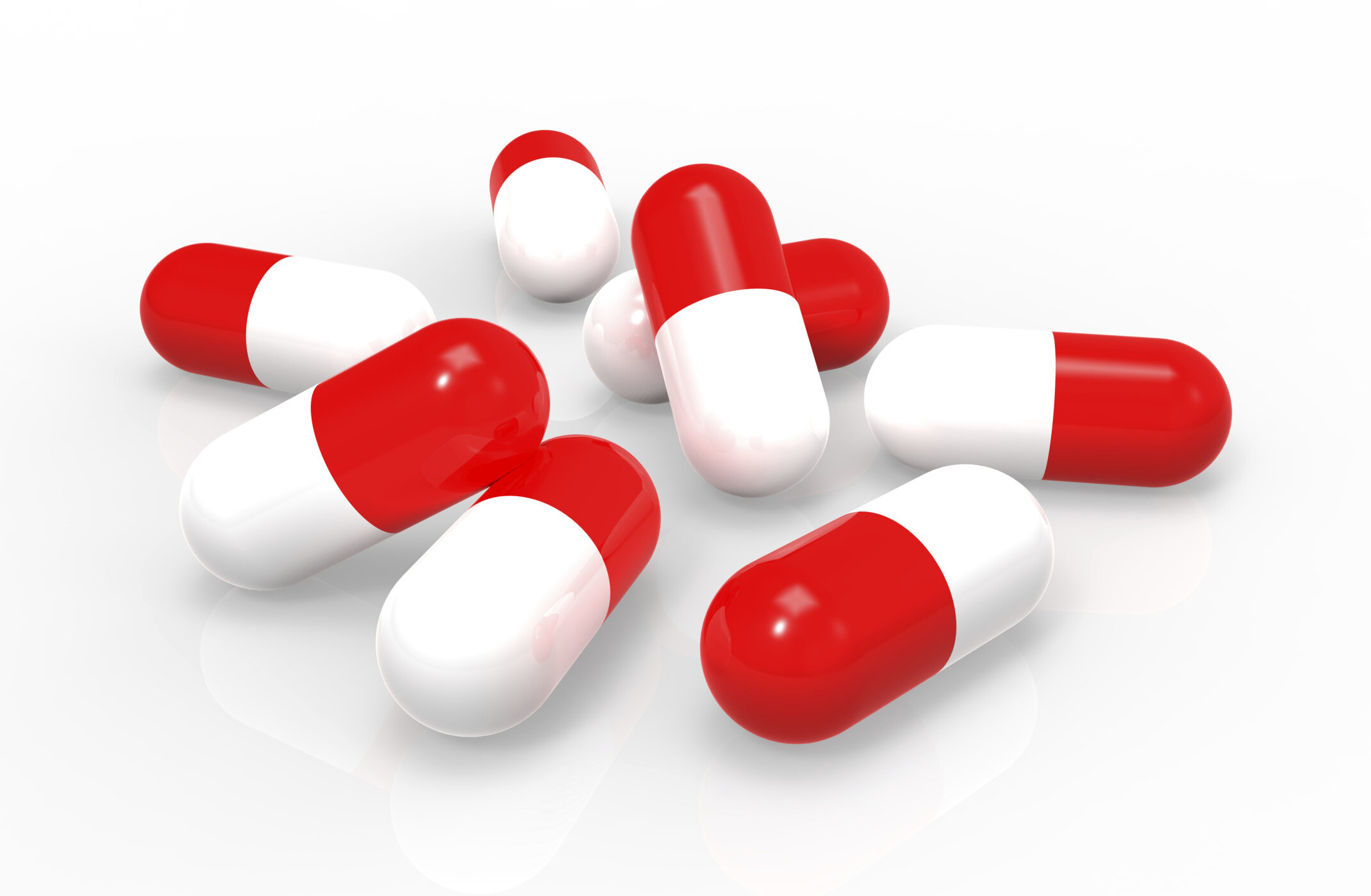
The standard treatment
The standard treatment consists of measures that we know, from the literature, can be helpful and soothing for inflammatory breast symptoms.
Please try and adhere to the following comfort measures and not try different treatments or change what you are doing during the trial (for example, stopping or starting the use of heat, ice, or anti-inflammatories over the first 3 days of the trial).
If you have any concerns about these, or any other, measures during the trial (for example, whether to start antibiotics), Emma is more than happy to discuss these concerns with you.
Further information about the use of antibiotics for inflammatory conditions of the lactating breast (ICLB) treatment is at the bottom of this page.
Video produced by Emma Heron, Principal Investigator, in collaboration with Dr Leanda McKenna, Dr Adelle McArdle, Dr Donna Geddes and Melinda Cooper.

Antibiotics for ICLBs
Mastitis is inflammation of the mammary gland. It encompasses a spectrum of conditions resulting from inflammation and swelling of the ducts and surrounding tissue.
Systemic inflammatory response syndrome (the presence of systemic signs and symptoms such as fever, chills and rapid heart rate), with breast inflammation, may occur in the absence of infection.
Infection does not develop in the period of several hours. The pain and redness experienced after, for example, a long stretch of sleep represents inflammation rather than infection.
Use of antibiotics for inflammatory mastitis disrupts the breast microbiome and increases the risk of progression to bacterial mastitis.
(Academy of Breastfeeding Medicine Clinical Protocol, 2022)
An active infective process is confirmed by a milk culture which is organised by your GP, takes a few days to be performed and is not always reliable. Many antibiotics have anti-inflammatory properties, and this may explain why women experience relief, or reduction in mastitis symptoms, when taking these (Mitchell, 2022).
There is evidence to show that impaired milk flow, maternal stress, genetic predisposition and sleep deprivation can cause breast inflammation in the absence of infection (Ingman, 2014). Mammary dysbiosis, or disruption of the milk microbiome, from a complex interplay of factors has also been shown to contribute to the development of mastitis (Mitchell, 2022).
There is insufficient evidence to support the effectiveness of antibiotic therapy for mastitis (Jahanfar, 2013) and current recommendations state to reserve antibiotics for bacterial mastitis (Mitchell, 2022), with bacterial mastitis representing a progression from inflammatory mastitis.
In cases of infection, common mastitis causing bacteria have thick, slimy barriers around them (called biofilms), which obstruct milk flow. Therapeutic ultrasound has been shown to breakdown biofilms (in other parts of the body) (Hosoien, 2010), allowing antibiotics to be effective.
Try to adhere to the standard treatment and take anti-inflammatories for the first 3 days, and then see if you need antibiotics. If you are unsure, please don’t change anything until you have had a chat with Emma.
Additional infographic:
References
Hosoien E, Lund AB, Vasseljen O. Similar effect of therapeutic ultrasound and antibiotics for acute bacterial rhinosinusitis: a randomised trial. Journal of Physiotherapy. 2010;56(1): 29-32.
Ingman WV, Glynn DJ, and Hutchinson MR. 2014. Inflammatory Mediators in Mastitis and Lactation Insufficiency. J Mammary Gland Biol Neoplasia 19:161-167. 10.1007/s10911-014-9325-9
Jahanfar S, Ng CJ, and Teng CL. 2013. Antibiotics for mastitis in breastfeeding women. Cochrane Database of Systematic Reviews:CD005458. 10.1002/14651858.CD005458.pub3
Mitchell KB, Johnson HM, Rodriguez JM, Eglash A, Scherzinger C, Widmer K, Berens P and Miller B. (2022) Academy of Breastfeeding Medicine Clinical Protocol #36: The Mastitis Spectrum, Revised 2022



